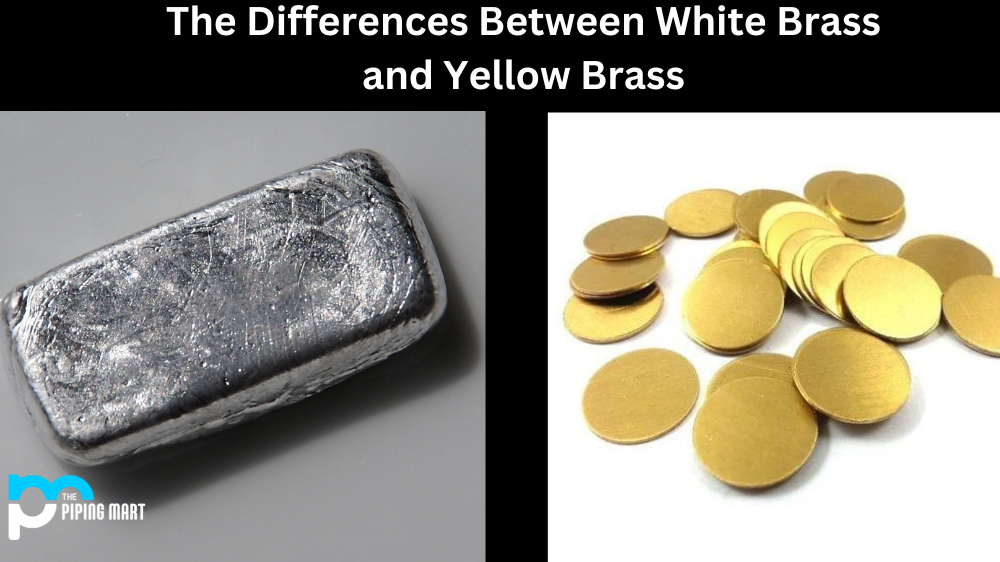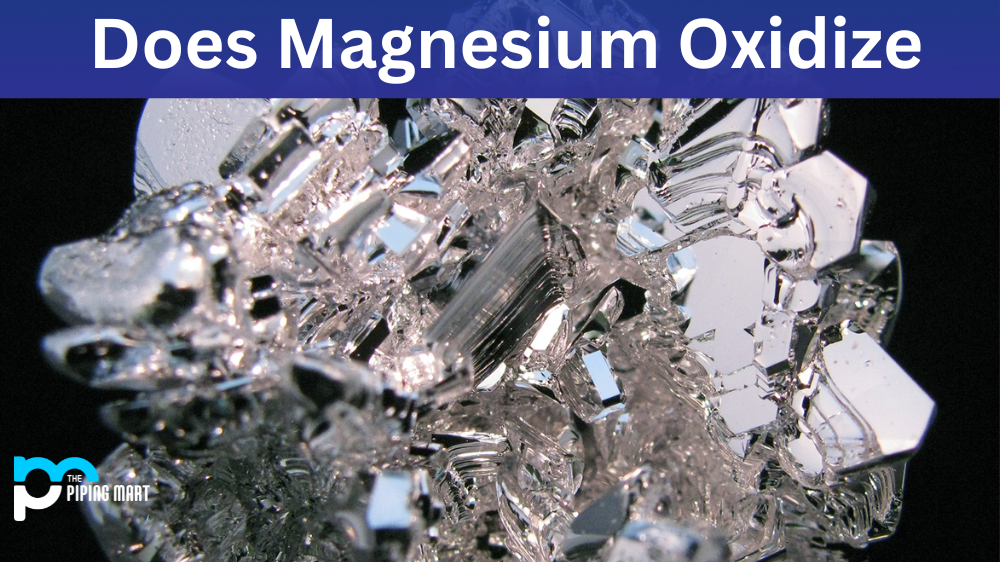Material testing is a crucial step in product development and quality control. Two of the most widely recognized standards for mechanical testing are ASTM E8 and ISO 6892. These standards evaluate the mechanical properties of various materials to ensure they are fit for purpose. While they may appear similar, there are differences between the two means that can impact the testing results. This blog post explores the key differences between ASTM E8 and ISO 6892.
Difference Between ASTM E8 and ISO 6892
Test Specimens
The most significant difference between ASTM E8 and ISO 6892 is in the test specimens used for the tests. ASTM E8 measures metallic materials’ properties, typically tested as rectangular-shaped tensile bars with a standardized cross-sectional area. In contrast, ISO 6892 covers a broader range of materials, including metals, plastics, and composites. Its test specimens come in various shapes and sizes, depending on the fabric.
Tensile Testing Equipment
Another difference between the two standards is the testing equipment used. ASTM E8 mandates using hydraulic or electromechanical testing machines for accurate results. ISO 6892 also requires testing equipment capable of conducting tensile tests but contains no specific requirements in terms of the type of equipment. Therefore, when running tests under ISO 6892, it’s essential to ensure that the equipment chosen is accurate and reliable.
Strain Rate
ASTM E8 and ISO 6892 also vary in the strain rates used during testing. ASTM E8 has a specified strain rate of 0.5 mm/min for lower-strength materials and 5 mm/min for higher-strength materials. ISO 6892 does not set a universal strain rate, leaving it up to the tester to determine the appropriate rate for the tested material. In practice, this flexibility can lead to a considerable difference in testing results.
Test Parameters and Tolerances
When comparing ASTM E8 vs ISO 6892, the tolerances for testing parameters and accuracy significantly differ. ASTM E8 specifies the exact testing conditions, including loading rate, load cell accuracy, and extensometer requirement. Meanwhile, ISO 6892 has broader tolerances, allowing for load application, gauge length, and strain measurement flexibility.
Units of Measurement
Finally, ASTM E8 and ISO 6892 have different measures for quantities like stress, strain, and force. ASTM E8 typically uses English units like pounds (lbs) and inches (in.), while ISO 6892 is based on the International System of Units (SI). With more countries adopting the metric system, ISO 6892 has become the more globally recognized standard.
Conclusion
In conclusion, both ASTM E8 and ISO 6892 have advantages and disadvantages regarding mechanical testing. While ASTM E8 is more commonly used for metallic materials and has stricter tolerances, ISO 6892 covers a broader range of materials and is recognized internationally. Before choosing the testing standard, it’s essential to consider the material being tested, the equipment and resources available, and the intended application of the results. Ultimately, selecting the right standard can help ensure a reliable and accurate measurement of material properties and promote product safety.

Pipingmart is a B2B portal that specializes in metal, industrial and piping items. Additionally, we share the latest information and information about materials, products and various types of grades to assist businesses that are involved in this business.




